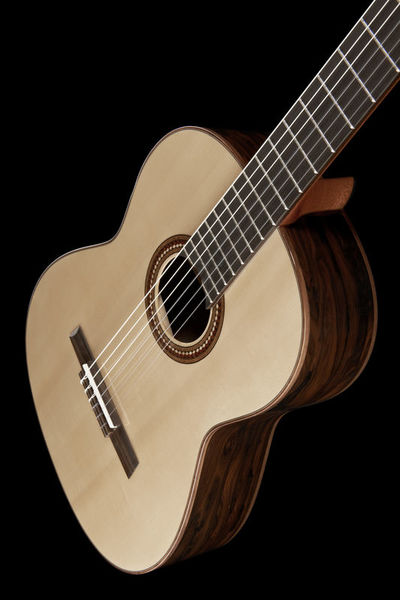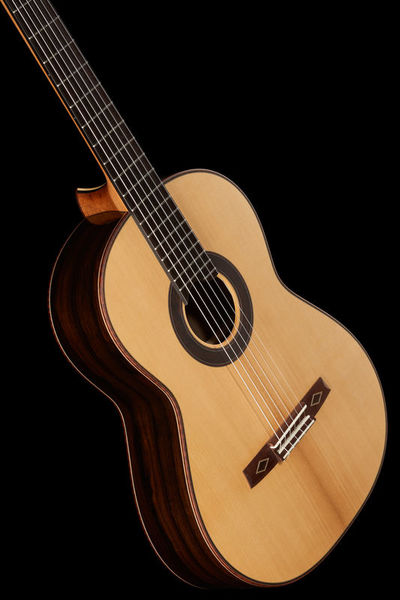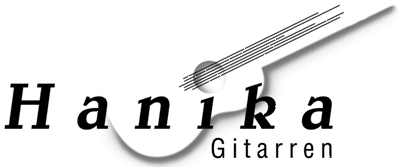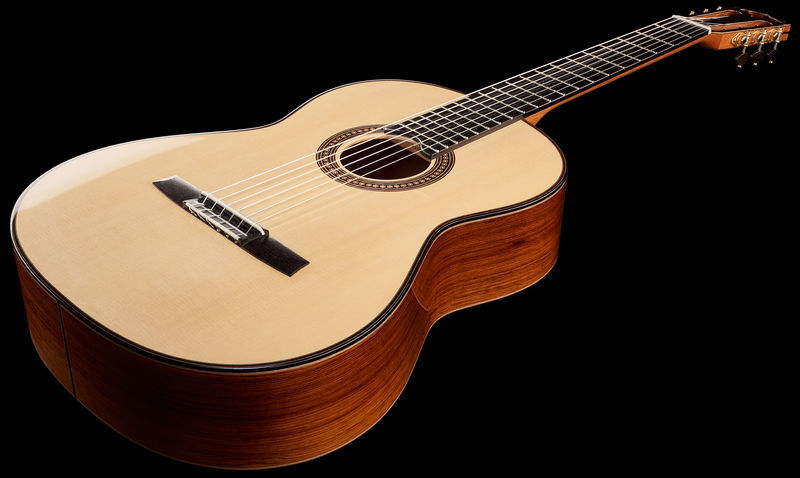Classical Guitars
View all Categories- ‹ Musical Instruments
- ‹ Guitars and Basses
- Classical Guitars
- 1/8 Size Classical Guitars
- 1/4 Size Classical Guitars
- 1/2 Size Classical Guitars
- 3/4 Size Classical Guitars
- 7/8 Size Classical Guitars
- 4/4 Size Classical Guitars
- Lefthanded Classical Guitars
- Miscellaneous Classical Guitars
- Flamenco Guitars
- Classical Guitar Sets
Displaying 451-453 of 453 products
Höfner HF18 Bundle
Höfner HF18
Classical Guitar, 4/4 size, Solid spruce top, Bay tree body, Mahogany neck, Rosewood fretboard (Dalbergia latifolia), Rosewood bridge, Bone nut,...
Hanika Master Class Exclusiv Edition
Limited Edition Classical Guitar
Limited run for Thomann, Heat-treated soundboard bracing, 20 Frets, Includes a Hanika Hiscox case
Hanika Grand Concert
Classical Guitar
Santos double back, With additional monitor sound hole, 20 Frets, Headstock veneer made of Macassar, Bone saddle and nut, Hiscox case included
A Class Apart
Classical guitars are acoustic guitars with six strings. The three treble strings were initially made of catgut but are now made of nylon and the lower three bass strings are made of nylon wrapped in silver or brass.
A classical guitar body is symmetrical and spruce or cedar wood is used to make the guitar tops and rosewood or mahogany for the guitar backs and sides.
The wood adds to the guitar's class, and resonates better as the guitar ages. The guitar's body is not shallow like some Spanish guitars.
A Great Way To Start
A distinguishing feature of this classic guitar is the neck. It is broader than most steel-string guitars and is made of wood. Also, no truss rod is used in the guitar since the tension in the guitar strings is low.
An interesting feature of the guitar is the tuning pegs. They point backwards, that is towards the player when the guitar is in a playing position in contrast to the steel-string guitars where they point outwards.
The classical is generally played without amplification though some guitarists use an electronic pickup if the audience is large and vocal. Classical guitarists tend to use their fingers and thumb to pluck the strings.
Classical guitarists are quite nostalgic of the first 'golden age' of the repertoire (19th century) where most of the composers were guitarists. The 20th century threw up great composers from the ranks of both guitar players and non-guitar players.
Your favorite online music store is full of legendary classical guitarists. Manuel Barrueco, Julian Bream, Sharon Isbin, Andrés Segovia, Narciso Yepes, John Williams, Pepé Romero and Angél Romero are a good selection for most tastes.
The Classical Guitar - Clarifying Definitions
The classical guitar and the word obscure seem to go hand in hand. Ask any two people what classical guitars are and you're likely to end up with THREE answers.
This is because guitars labeled as 'classical' have not really been around that long. Often, this guitar is overshadowed by its rather more popular guitar cousin - the steel-stringed acoustic guitar. These classical instruments are self-resonating six-stringed guitars that make use nylon strings. This is partly why these guitars are not considered old unlike their other guitar counterparts. After all, nylon was only invented in the mid-1930s.
Getting To Know Classical Guitars
So how do you spot a guitar that's classical? These guitars have a wider fingerboard to give the fingers of guitarists better access to the individual guitar strings. This guitar is actually played while the guitarist is on a footstool. The guitarist puts the guitar on over the knee parallel to his fretting-hand.
This classical instrument is played without a plectrum. The guitarist uses the thumb and first three fingers of his non-fretting hand. To produce sharp notes, some classical guitarists shape the fingernails on their plucking hand to form small plectra.
As you can see, it takes a good eye (and ear!) to distinguish this classical instrument. But don't fret if you don't get it right all the time. To this day, many people mistake this guitar for the flamenco guitar which has a thinner frame and strings that are much closer together.
To find more information on classical guitars and related musical instruments and accessories please click on the menu links on the top left of the page.




